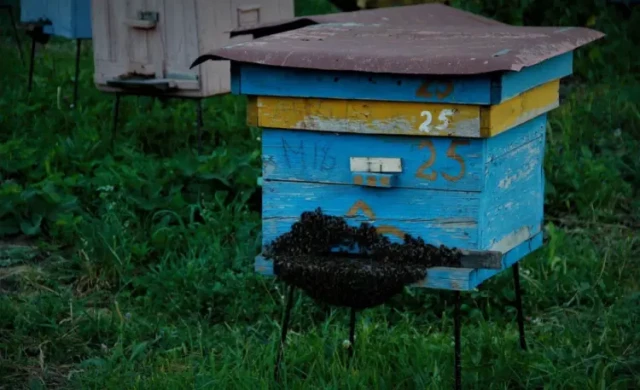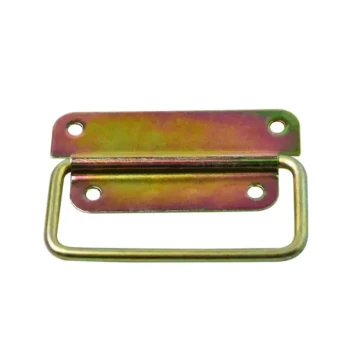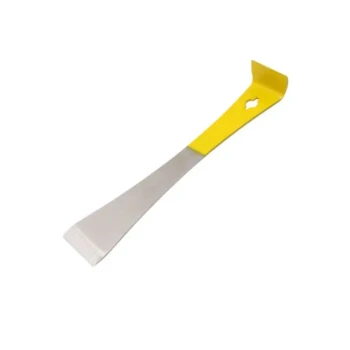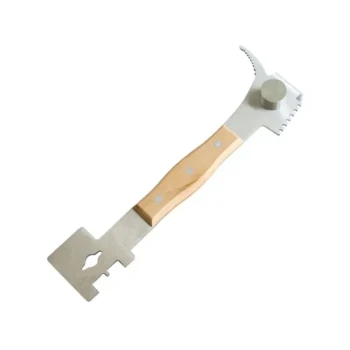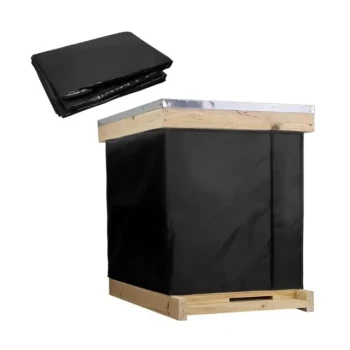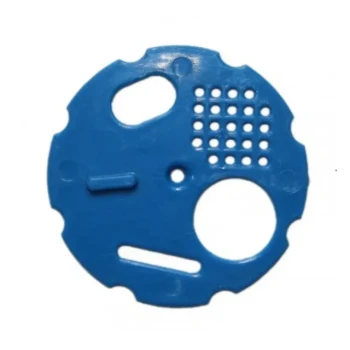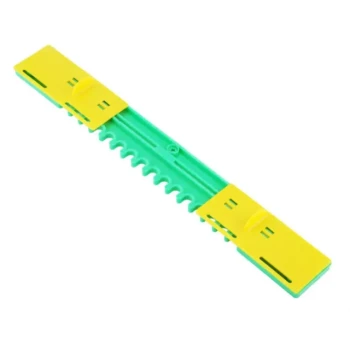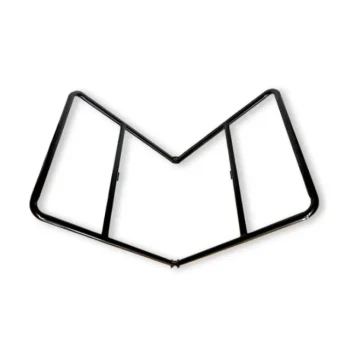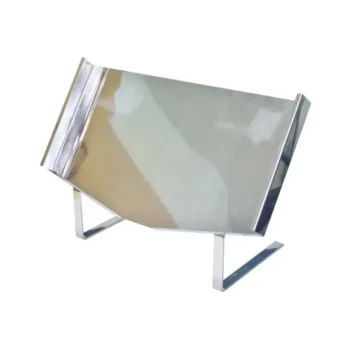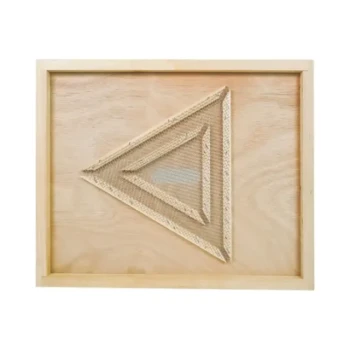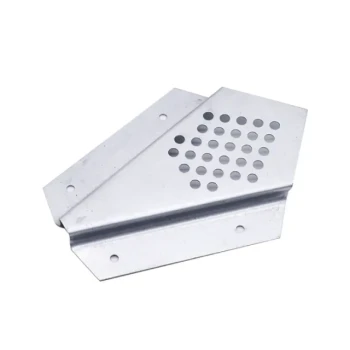Key Benefit: Achieve pain-free hive inspections and maximize productivity by calculating your ideal stand height based on body mechanics and hive type.
Optimizing Beehive Stand Height for Beekeeper Health and Productivity
Beekeeping shouldn’t be a backbreaking endeavor. Research shows that improper hive height contributes to chronic strain among apiarists, reducing both efficiency and longevity in the craft. The sweet spot? A stand that aligns with your natural posture while accommodating your hive’s configuration.
Why Stand Height Matters
- Ergonomic Safety: Bending or overreaching during inspections increases injury risk.
- Hive Accessibility: Affects how easily you can inspect frames or add supers.
- Workflow Efficiency: Proper height reduces fatigue during repetitive tasks.
For most beekeepers, a stand elevating the hive entrance to 16–18 inches above ground strikes this balance. But personalization is key—your ideal height depends on your stature and hive type.
The Science of Ergonomic Beekeeping
Body Mechanics in Action
When lifting hive boxes or inspecting frames, your elbows should bend at a 90–120° angle without shoulder strain. This neutral posture minimizes muscle fatigue.
Quick Self-Assessment:
- Stand straight with arms relaxed.
- Note where your fingertips land—this is your optimal working zone.
- Adjust stand height so hive frames sit within this zone when opened.
Hive-Specific Considerations
- Langstroth Hives: Vertical stacking requires frequent lifting; taller beekeepers may prefer stands at the higher end of the range (18+ inches).
- Top-Bar Hives: Single-unit design eliminates heavy lifting; heights of 14–16 inches often suffice.
Key Factors: From Body Mechanics to Hive Design
1. Beekeeper Physiology
- Height: Taller individuals need higher stands to avoid hunching.
- Mobility: Those with knee/back issues benefit from elevated stands (20+ inches).
2. Hive Configuration
- Langstroth Systems: Account for future super additions—leave room to accommodate 2–3 extra boxes.
- Top-Bar Hives: Focus on accessibility to all bars without stretching.
3. Terrain and Workflow
- Sloped Ground: Use adjustable legs to level the stand.
- Frequency of Inspections: More visits = greater need for ergonomic precision.
Step-by-Step Guide to Calculating Your Ideal Stand Height
Tools You’ll Need:
- Tape measure
- Temporary platform (e.g., cinder blocks)
Method:
-
Measure Your Comfort Zone:
- Stand upright and bend elbows to 90°.
- Measure from the ground to your fingertips (Point A).
-
Account for Hive Depth:
- Measure from the hive’s entrance to the top of its deepest box (Point B).
-
Calculate:
- Stand Height = Point A – (Point B + 4 inches).
- The extra 4 inches account for frame handles and working clearance.
Example:
- Point A (fingertips): 32 inches
- Point B (hive depth): 10 inches
- Stand Height: 32 – (10 + 4) = 18 inches
Real-World Applications: Case Studies and Adjustments
Case 1: The Commercial Beekeeper
- Challenge: Managing 50+ Langstroth hives with frequent super additions.
- Solution: Standardized 20-inch stands reduced back strain during marathon inspections.
Case 2: The Backyard Top-Bar Enthusiast
- Challenge: Limited mobility due to arthritis.
- Solution: A 22-inch stand with a stool allowed seated inspections.
Pro Tips for Fine-Tuning:
- Test Before Building: Use temporary supports to trial heights.
- Seasonal Adjustments: Winter gear (e.g., bulky jackets) may require slight increases.
Elevate Your Beekeeping with HONESTBEE
Whether you’re a commercial apiary or a distributor, HONESTBEE’s heavy-duty, adjustable hive stands support ergonomic beekeeping at scale. Our wholesale solutions help you:
✔ Reduce physical strain for teams
✔ Customize setups for mixed hive types
✔ Streamline operations with durable designs
Ready to build a healthier workflow? Explore HONESTBEE’s beekeeping essentials today.
Final Thought: The right stand height isn’t just about comfort—it’s a silent partner in sustaining your passion for beekeeping. By aligning your setup with natural movement, you protect your body and empower your colonies to thrive.
Visual Guide
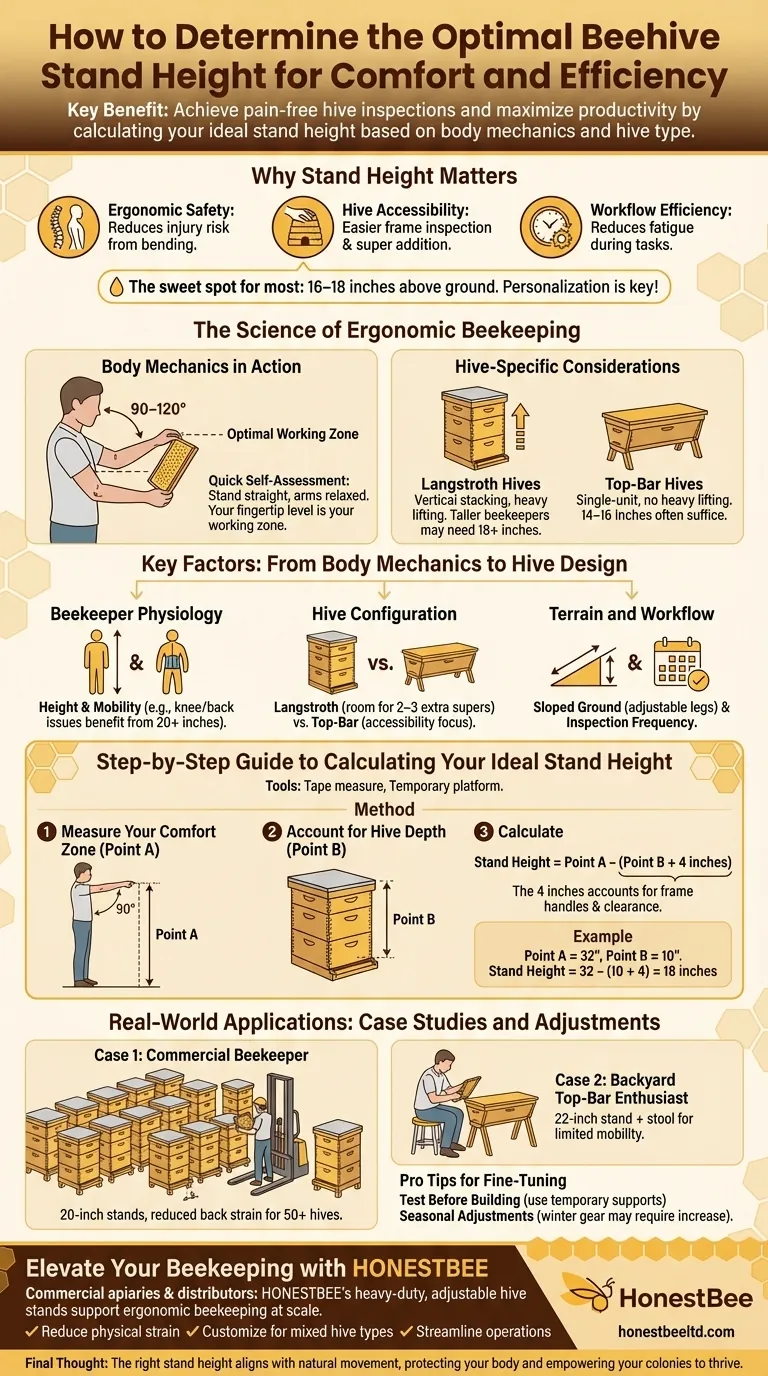
Related Products
- Plastic Bee Hive Stand for Beekeeping
- Metal Bee Hive Stand Bee Box Stand for Beekeeping
- Metal Hive Feet Bee Hive Stand for Ant Protection
- Wholesales Dadant Size Wooden Bee Hives for Beekeeping
- Yellow Plastic Bucket Pail Perch for Beekeeping
Related Articles
- How Bee Jackets Outperform Full Suits in Hot Weather Without Sacrificing Protection
- How Modern Bee Suits Combine Safety and Comfort Through Smart Design
- How to Choose the Best Hive Stand Material: A Beekeeper's Guide to Cost, Durability, and Protection
- How to Choose Between Top Bar and Langstroth Hives for Effortless Beekeeping
- How Hive Clips and Buckles Save Beekeepers Time and Effort
